It was the starkest illustration yet of how the sudden death of Justice Antonin Scalia last month has blocked the power of the court’s four remaining conservatives to move the law to the right.
A ruling allowing workers to refuse to pay the fees would have been the culmination of a decades-long campaign by a group of prominent conservative foundations aimed at weakening unions that represent teachers and other public employees. Tuesday’s deadlock denied them that victory, but it set no precedent and left the door open for further challenges once the Supreme Court is back at full strength.
When the case was argued in January, the court’s conservative majority seemed ready to say that forcing public workers to support unions they had declined to join violates the First Amendment. Justice Scalia’s questions were consistently hostile to the unions.
His death changed the balance of power in this case, and most likely in many others. The clout of the court’s four-member liberal wing has increased significantly. Its members — Justices Ruth Bader Ginsburg, Stephen G. Breyer, Sonia Sotomayor and Elena Kagan — can create deadlocks, as they did Tuesday, and they can sometimes attract the vote of Justice Anthony M. Kennedy for a liberal result.
Should Senate Republicans relent and confirm Judge Merrick B. Garland as Justice Scalia’s replacement, the power of the court’s liberals might only grow.
Union officials said they were elated by Tuesday’s decision, but they remain wary of future efforts to diminish their effectiveness.
“We know the wealthy extremists who pushed this case want to limit the ability for workers to have a voice, curb voting rights and restrict opportunities for women and immigrants,” said Mary Kay Henry, the president of the Service Employees International Union.
The case was brought by the Center for Individual Rights, a libertarian group that pursued an unusual litigation strategy. Responding to signals from the Supreme Court’s more conservative justices, the group asked the lower courts to rule against its clients, 10 teachers and a Christian education group, so they could file an appeal in the Supreme Court as soon as possible.
Terence J. Pell, the group’s president, said he was disappointed with Tuesday’s tie vote.
“With the death of Justice Scalia, this outcome was not unexpected,” he said. “We believe this case is too significant to let a split decision stand.”
“Either compulsory dues are an acceptable exception to the First Amendment or they are not,” Mr. Pell said. “A full court needs to decide this question, and we expect this case will be reheard when a new justice is confirmed.”
by Adam Liptak
New York Times
March 29, 2016
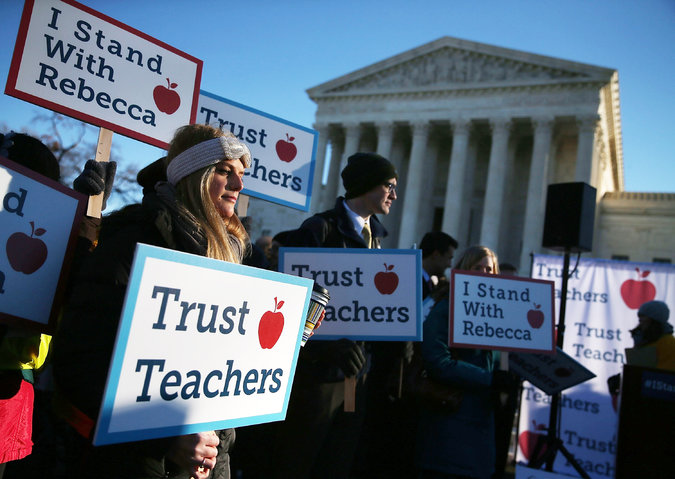
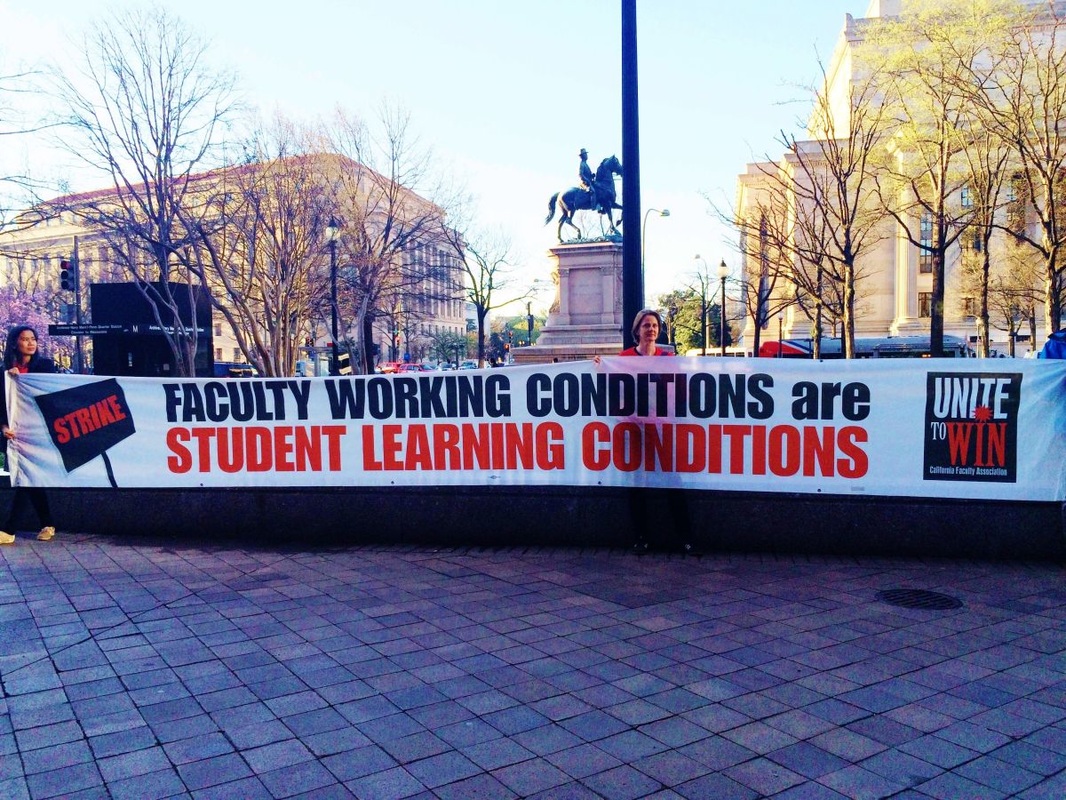
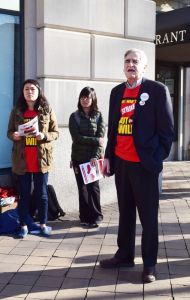

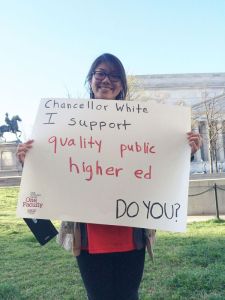

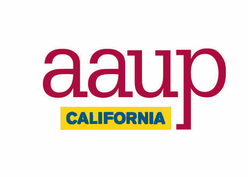
 RSS Feed
RSS Feed